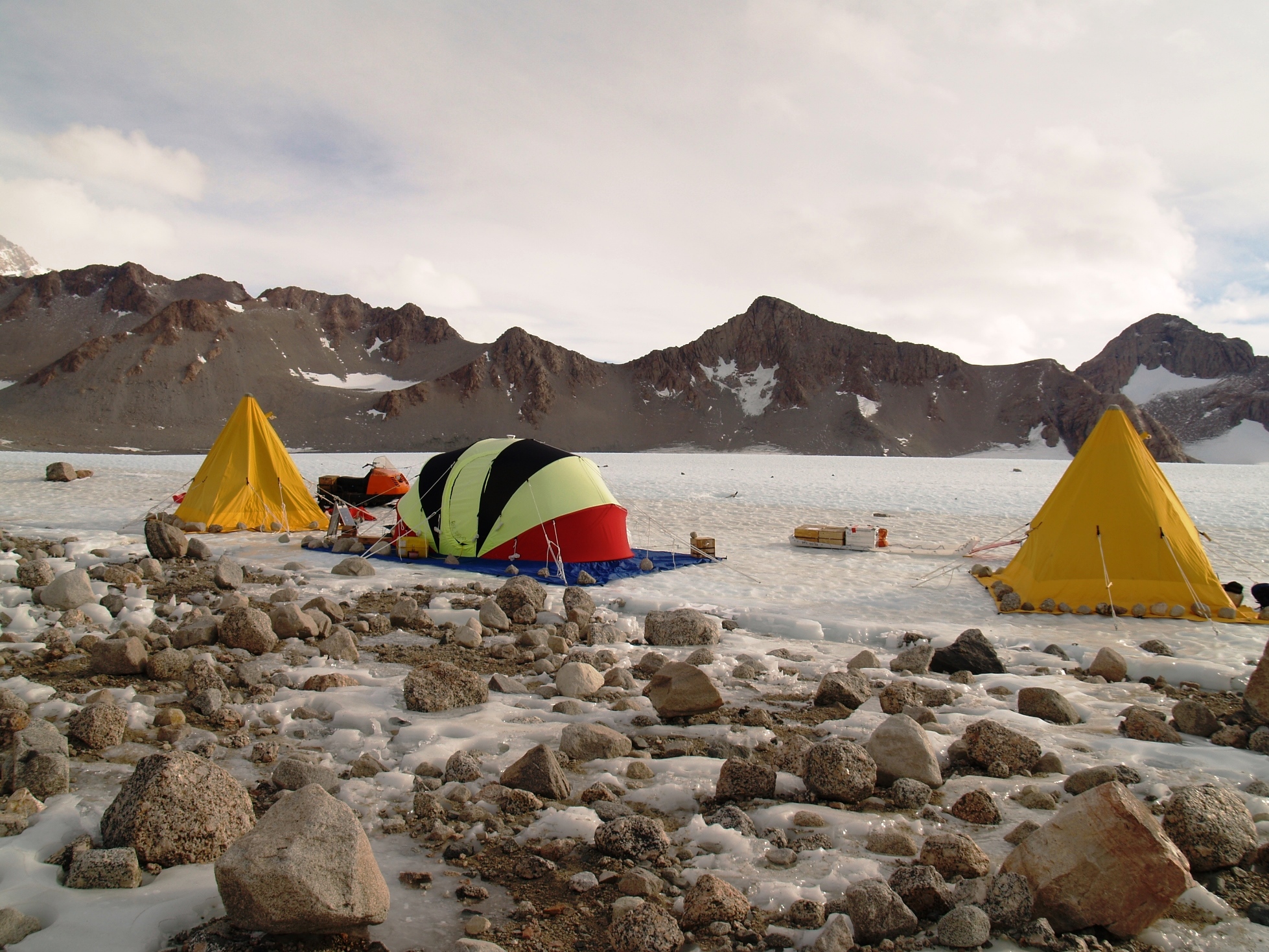Difference between revisions of "Template:POTD protected"
Westarctica (talk | contribs) |
Westarctica (talk | contribs) |
||
| Line 1: | Line 1: | ||
{| role="presentation" style="margin:0 3px 3px; width:100%; text-align:left; background-color:transparent; border-collapse: collapse; " | {| role="presentation" style="margin:0 3px 3px; width:100%; text-align:left; background-color:transparent; border-collapse: collapse; " | ||
|style="padding:0 0.9em 0 0;" | [[File: | |style="padding:0 0.9em 0 0;" | [[File:Scott-Glacier.jpg|300px]] | ||
|style="padding:0 6px 0 0"| | |style="padding:0 6px 0 0"| | ||
The '''[[ | The '''[[Scott Glacier]]''' is a major [[glacier]], 120 miles (190 km) long, that drains the [[East Antarctic Ice Sheet]] through the [[Queen Maud Mountains]] to the [[Ross Ice Shelf]]. The Scott Glacier is one of a series of major glaciers flowing across the [[Transantarctic Mountains]], with the Amundsen Glacier to the west and the [[Leverett Glacier|Leverett]] and [[Reedy Glacier]]s to the east. | ||
The Scott Glacier originates on the Antarctic Plateau in the vicinity of [[D'Angelo Bluff]] and [[Mount Howe]], and descends between the Nilsen Plateau and the mountains of the [[Watson Escarpment]] to enter [[Ross Ice Shelf]] just west of the [[Tapley Mountains]]. The Scott Glacier is bisected by the 150° line of longitude putting roughly half the [[glacier]] in [[Westarctica]]'s territory while the westernmost half is located inside New Zealand's [[Ross Dependency]]. | |||
<p><small> | <p><small>Image credit: University of Maine </small></p> | ||
[[:Category:Images|'''(More Featured Images)''']] | [[:Category:Images|'''(More Featured Images)''']] | ||
<div class="potd-recent" style="text-align:right;"> | <div class="potd-recent" style="text-align:right;"> | ||
Revision as of 04:57, 16 September 2019

|
The Scott Glacier is a major glacier, 120 miles (190 km) long, that drains the East Antarctic Ice Sheet through the Queen Maud Mountains to the Ross Ice Shelf. The Scott Glacier is one of a series of major glaciers flowing across the Transantarctic Mountains, with the Amundsen Glacier to the west and the Leverett and Reedy Glaciers to the east. The Scott Glacier originates on the Antarctic Plateau in the vicinity of D'Angelo Bluff and Mount Howe, and descends between the Nilsen Plateau and the mountains of the Watson Escarpment to enter Ross Ice Shelf just west of the Tapley Mountains. The Scott Glacier is bisected by the 150° line of longitude putting roughly half the glacier in Westarctica's territory while the westernmost half is located inside New Zealand's Ross Dependency. Image credit: University of Maine |